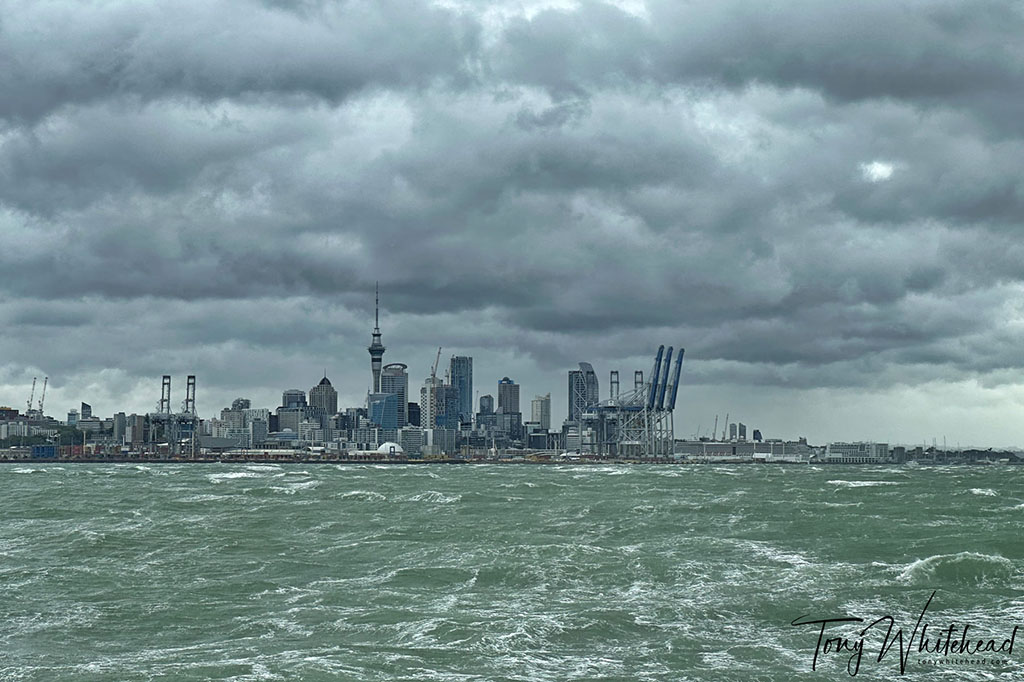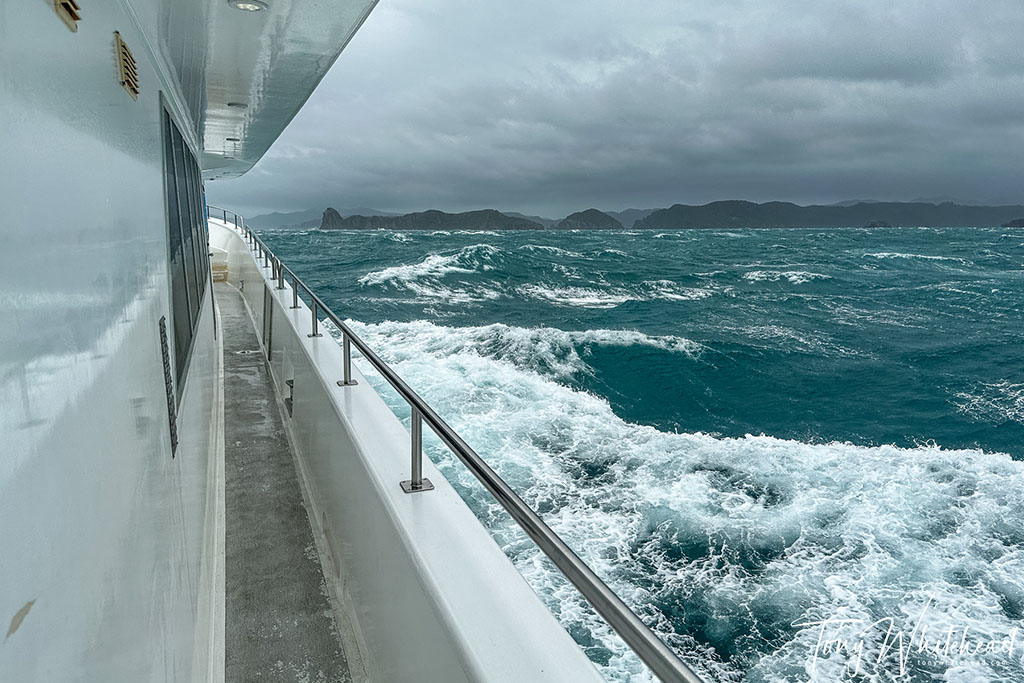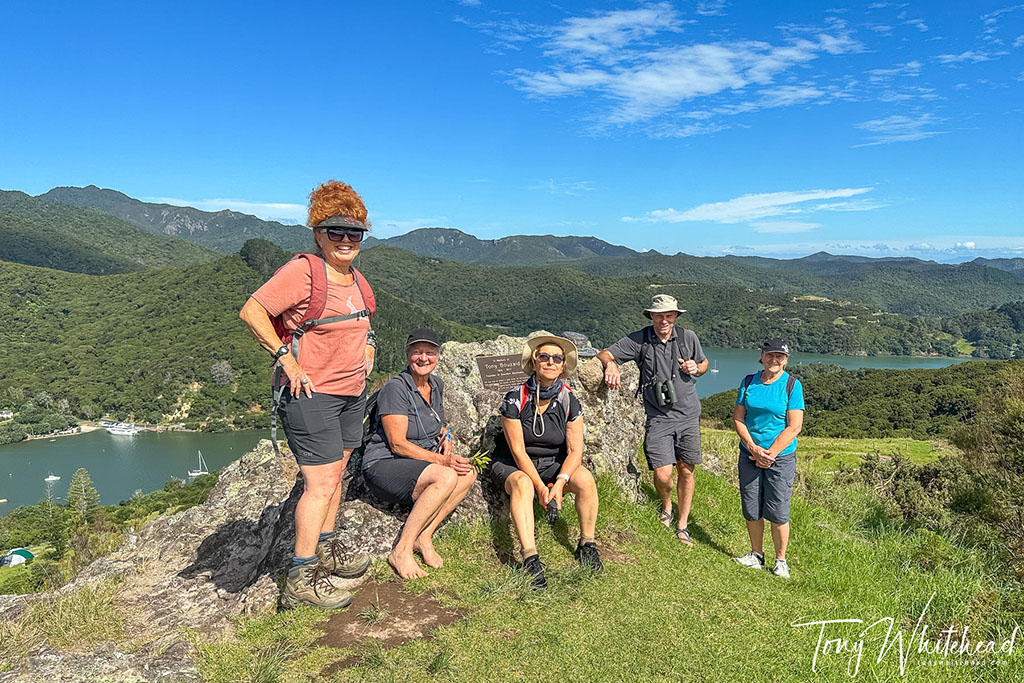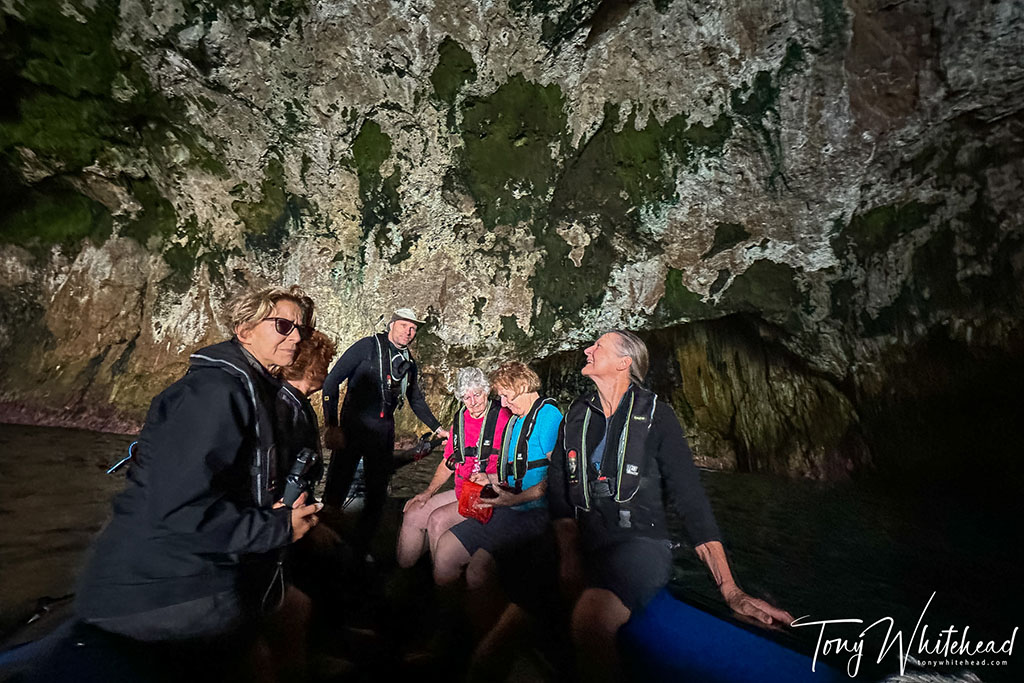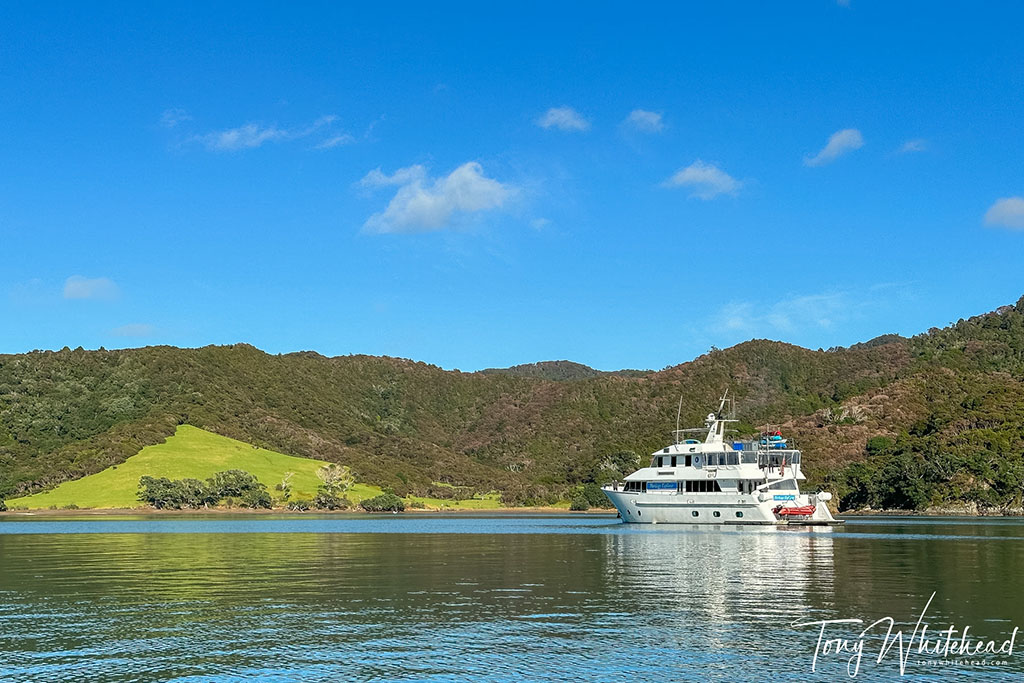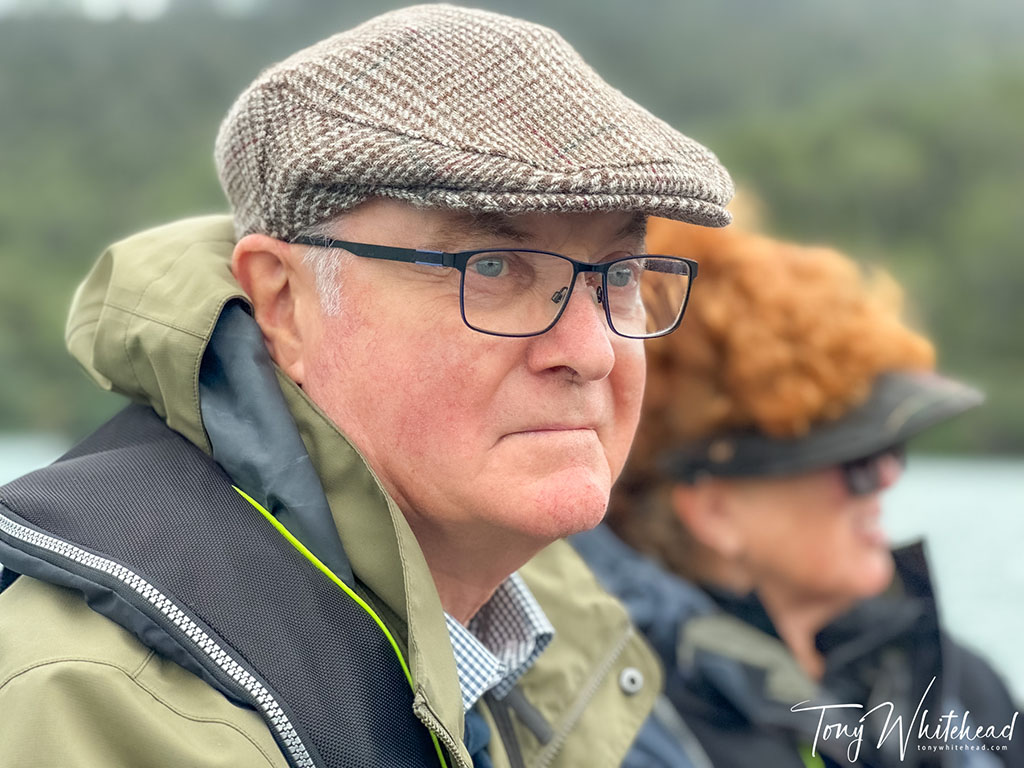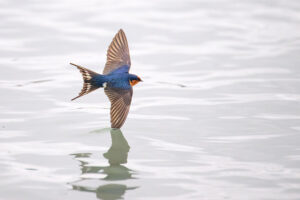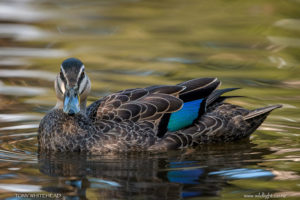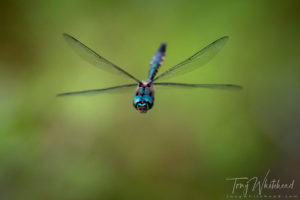A recent experience was a revelation in terms of the best camera to get the job done. I have recently returned from a week long expedition exploring the islands of the Hauraki Gulf and the Bay of Islands. My role started as a lecturer to facilitate a Bird Photography Masterclass and guide a photography visit to Tiritiri Matangi but circumstances and weather had it extend into being expedition photographer, guide assistant and lecturer on seabird ecology and research. My role as expedition photographer was to document the trip and present a slideshow on the final night.
I had packed my bird photography gear and included my Nikon Z7 with 14-30mm f4 and 24-200mm to cover the documentary needs. In the end the Z7 and lenses were hardly used, their role being taken over by the iPhone 14 Pro in a Otterbox Frē waterproof case. How could I possibly justify using a iPhone camera in place of a high end, high resolution, full frame mirrorless camera to do a serious job?
The answer comes down to practicality and the best camera being the one you have with you. A lot of the locations began and ended with having to launch a Zodiac, help passengers on and off, salt spray and wet landings. My Nikon Z9 and 100-400 were in a padded cell inside a waterproof back pack and I could not fulfil my duties launching and landing Zodiacs and assisting passengers with a camera swinging off my neck. My iPhone slipped easily into a pocket of my Earth Sea Sky Zeal Guide jacket and was instantly accessible and quickly stowable. The 3 iPhone 14 Pro lenses(cameras) enabled wide-angle capture of the group/landscapes through to individual portraits as well as video. To cover an equivalent range of focal lengths with my Z7 I would have needed to change lenses which is not a safe option in a moving Zodiac.
Image quality was all I needed and the little post processing required was quickly done in Lightroom, allowing a quick collection be made to create a group of images to output as a slideshow.
My history with iPhones began with the iPhone 3GS, then iPhone 5 followed by the 2 iPhone SEs. All were compact, convenient phones with cameras that were fun to use to document snapshots but were always a compromise in quality. I purchased my iPhone 14 Pro specifically for the camera with 3 focal length lenses and larger sensor, accepting the increased size as an inconvenience compared to my preferred smaller phones.
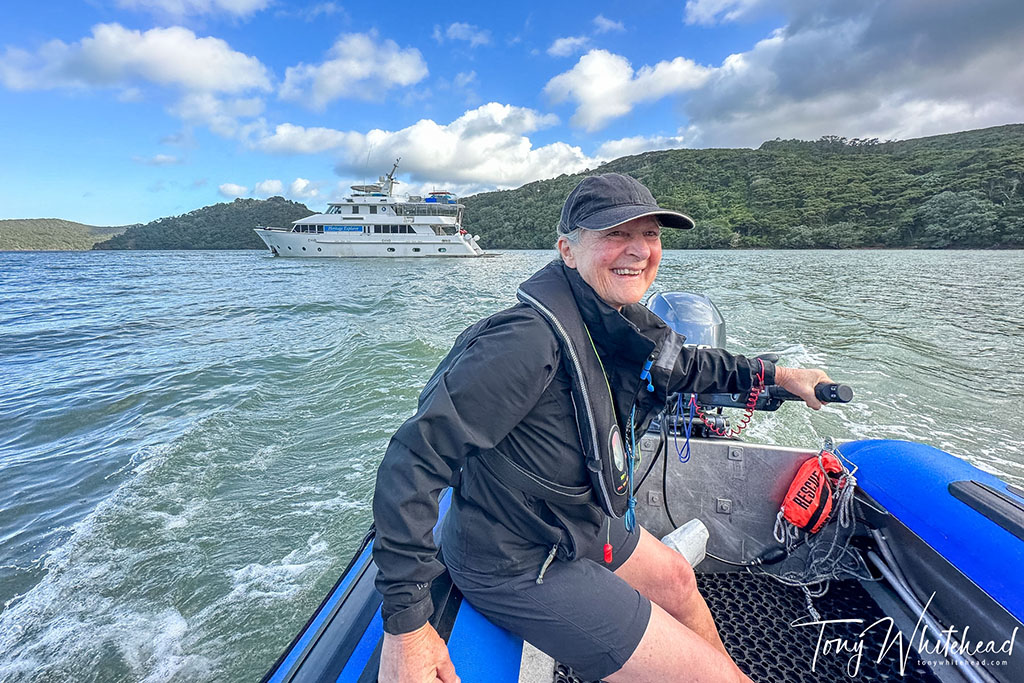
The images achievable with this iPhone using computational photography are astounding to the point that I have no hesitation in using it for serious work. Image quality is no longer something I feel I have to significantly compromise for convenience. Another thing that makes the iPhone 14 Pro much more useful is the wide-angle lens giving an equivalent 13mm angle of view onto a 12 megapixel sensor. The main camera gives the equivalent of 24mm onto a 48 megapixel sensor which allows for decent cropping if required.
For me, this trip was a revelation in terms of the versatility and convenience of the iPhone 14 Pro camera. I found it incredibly capable, quick and easy to use. The automated exposure in all conditions made it simple to use well and the minimal postprocessing made it possible for me to shoot, download and update my slideshow right up to the last minute, a process that would have been far more time consuming and stressful if using my Nikon cameras and RAW files. The world of photography is changing fast and this experience will make me reconsider choices for upcoming travel situations. If I wasn’t needing to shoot birds and wildlife, I think I would be happy to travel with just my phone!
